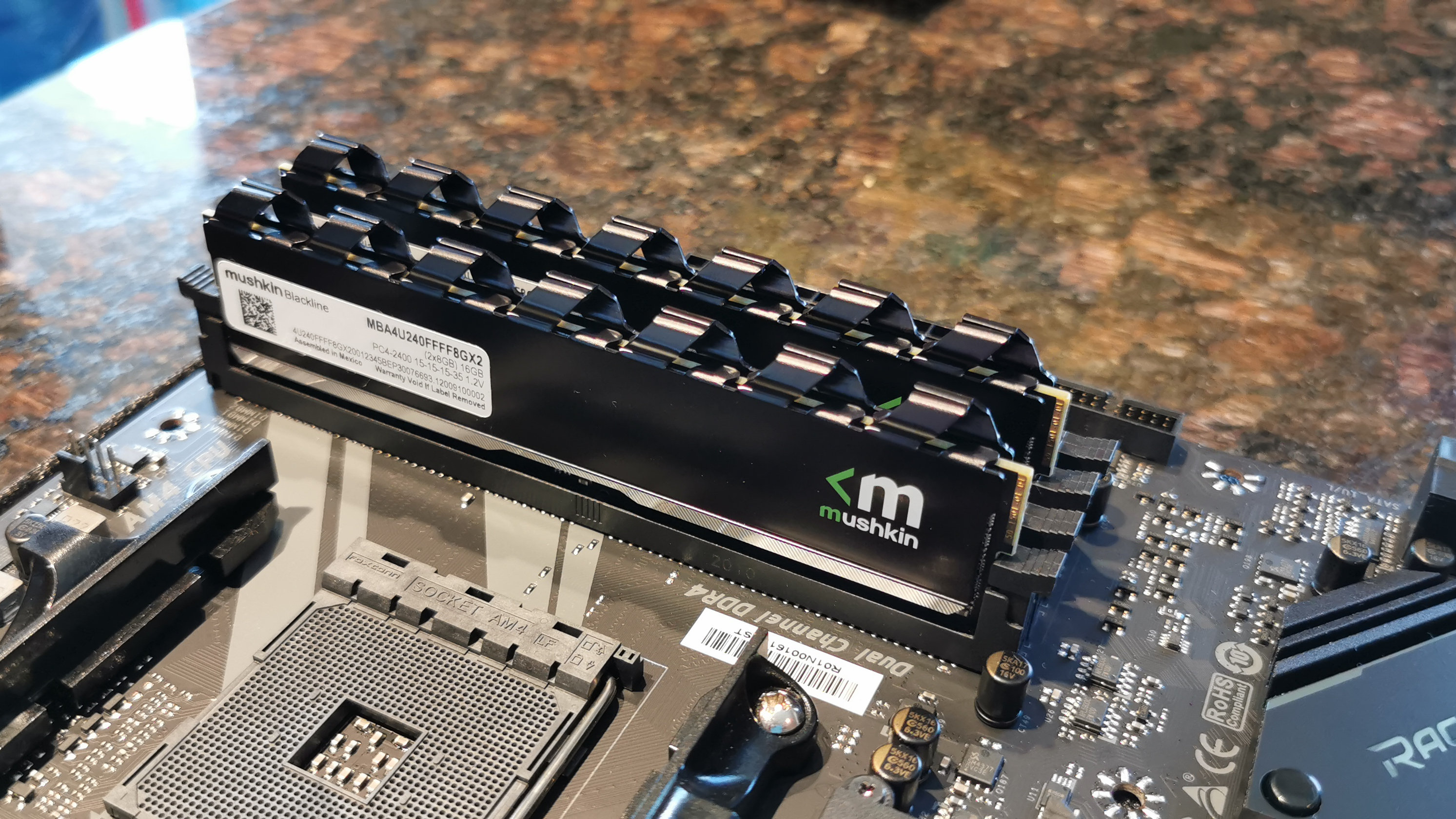Cheaper computer memory is on the horizon thanks to this RAM breakthrough
IGZO-TFT technology will enable much higher density

A new way of designing the basic component that goes into every single system memory could herald a new era of cheap, power-sipping D-RAM (Dynamic Random Access Memory).
Research organization imec recently presented a new technology that foregoes the use of storage capacitors and uses two indium-gallium-zinc-oxide thin-film transistors (IGZO-TFTs).
Gouri Sankar Kar, Program Director at imec, said in a statement that the solution will "will help tear down the so-called memory wall". This refers to the increasing speed difference between the CPU and the memory located externally.
- Check out our list of the best external hard drives
- These are the best portable SSDs on the market right now
- Have a look at some of the best secure drives
More memory for your money
In an email exchange with TechRadar Pro, a spokesperson for the organization confirmed that the goal is to offer memory chips with capacities larger than 128Gbit. That would open the doors for low-power, high density 3D D-RAM units that could, in turn, push memory prices down further.
Layer stacking is a common strategy used in solid state drives to boost capacity at a cheaper price, without sacrificing performance too much. Next generation Flash memory chips are expected to have almost 200 layers (Micron recently unveiled a 176-layer 3D NAND).
What makes this imec breakthrough even more exciting is that it may allow for in-memory computing to become more affordable and RAM disks to become far more commonplace.
- We shortlisted the best Mac external hard drives
Are you a pro? Subscribe to our newsletter
Sign up to the TechRadar Pro newsletter to get all the top news, opinion, features and guidance your business needs to succeed!

Désiré has been musing and writing about technology during a career spanning four decades. He dabbled in website builders and web hosting when DHTML and frames were in vogue and started narrating about the impact of technology on society just before the start of the Y2K hysteria at the turn of the last millennium.